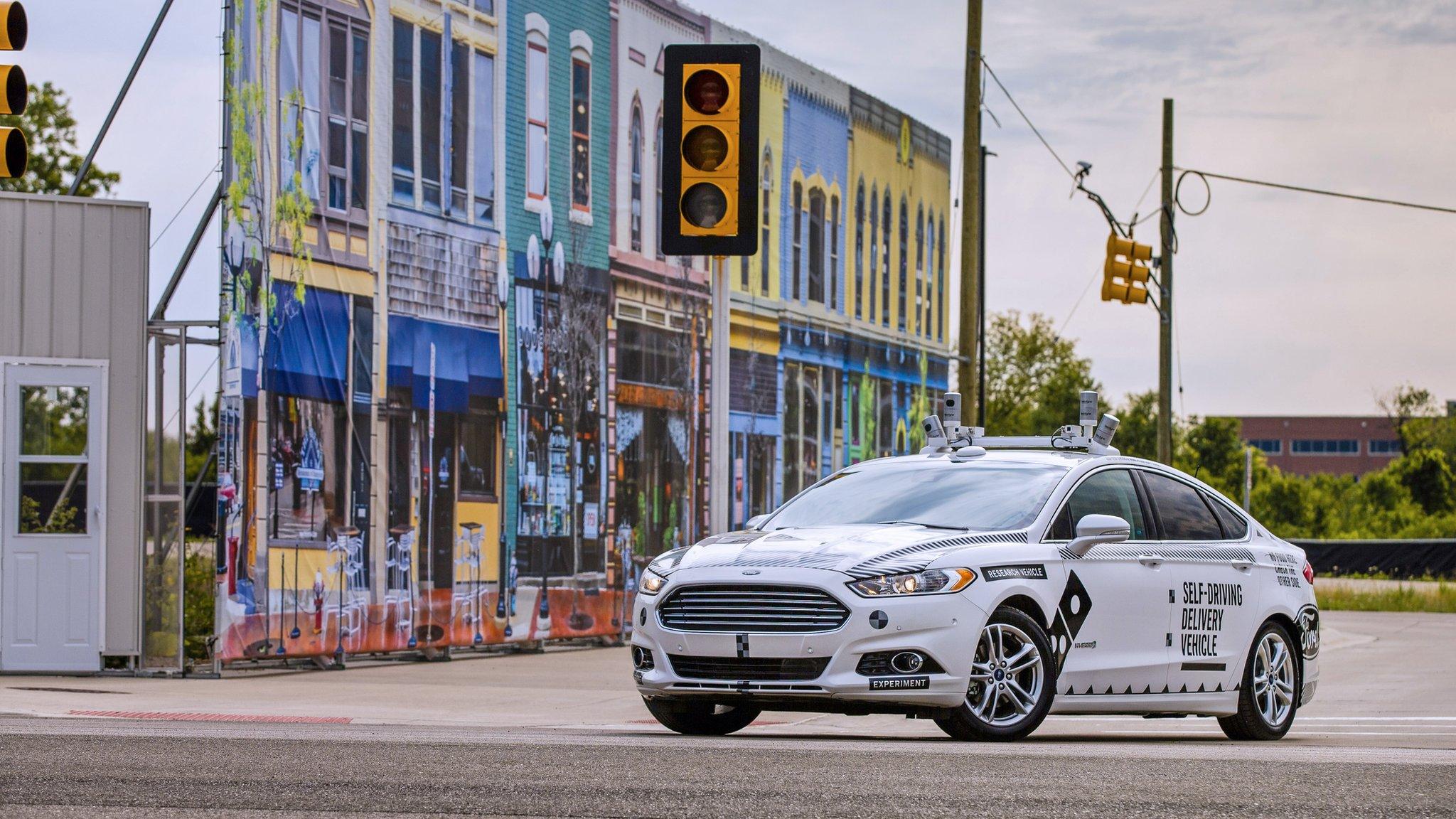Alibaba reveals new driverless delivery bot
- Published
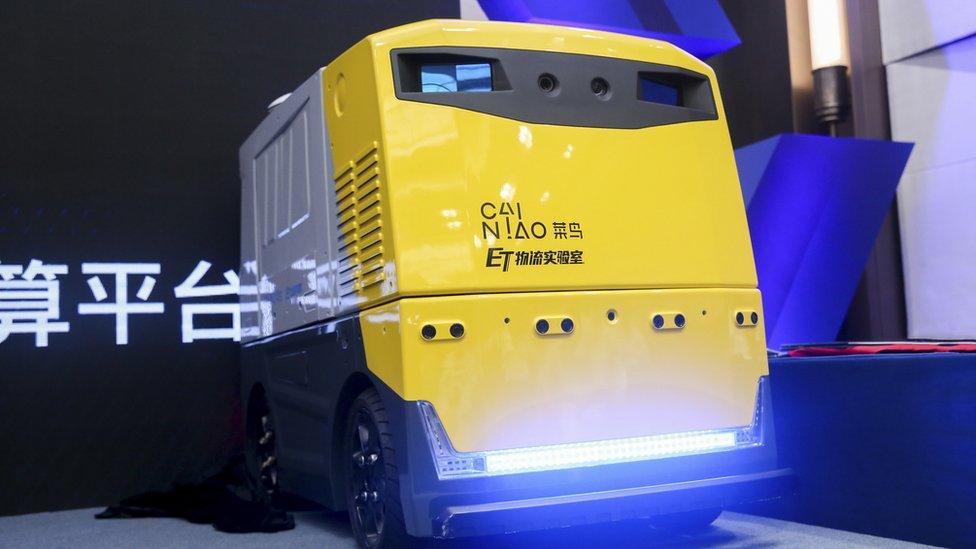
Chinese retail giant Alibaba has unveiled a new automated vehicle which it says is easy to mass-produce and could serve a number of functions.
These could include delivery courier or automated coffee vendor, it said.
The Cainiao G Plus can travel at up to nine miles per hour, reports The Verge, external news site.
It was unveiled at a conference where Alibaba founder Jack Ma announced a 100bn yuan (£11.6bn; $15.5bn) investment in smart logistics.
This includes devices such as warehouse robots as well as delivery aids.
AI expert and author Calum Chace described the G Plus as resembling the "ugly big brother" of a delivery bot developed by US firm Starship Technologies.
"Starship has been working on this project for several years, so the Alibaba project looks to be behind as well as ugly," he said.
"But that won't matter. Anything to do with artificial intelligence is a high priority for China, which has set itself the target of overtaking the US as world leader in AI by 2030."
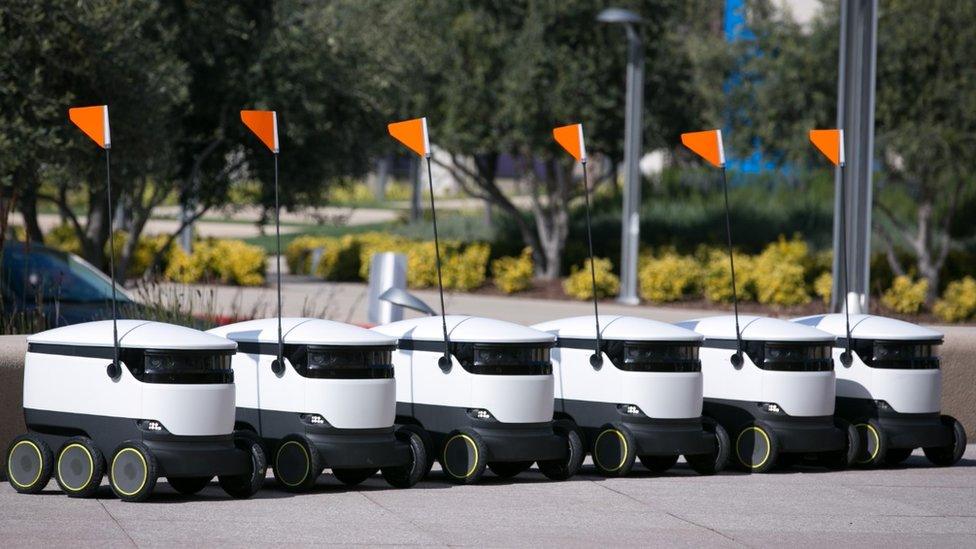
A fleet of Starship Technology's delivery bots.
China benefits from having free access to large amounts of data, essential for training algorithms, he added - potentially a drawback in Europe since the introduction of GDPR legislation, designed to protect privacy.
"Don't bet against the Chinese pulling ahead in any AI-related competition, be it self-driving cars, facial recognition, or delivery bots," Mr Chace said.
The G Plus vehicle is fitted with solid state Lidar - the laser sensors which form an important part of the system autonomous vehicles use to be aware of their surroundings.
Solid state Lidar is more compact, cheaper and easier to manufacture than the traditional system, which involves spinning multiple lasers in circles to help build up a 360-degree image of what surrounds the vehicle.
There are various developers creating their own versions but essentially it uses fewer lasers and a tiny swinging mirror.
Last month BMW revealed that its autonomous vehicles will be fitted with solid state Lidar when they launch in 2021.
- Published1 May 2018
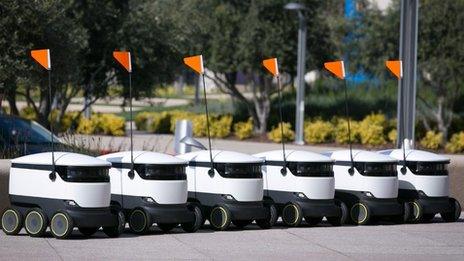
- Published7 December 2017
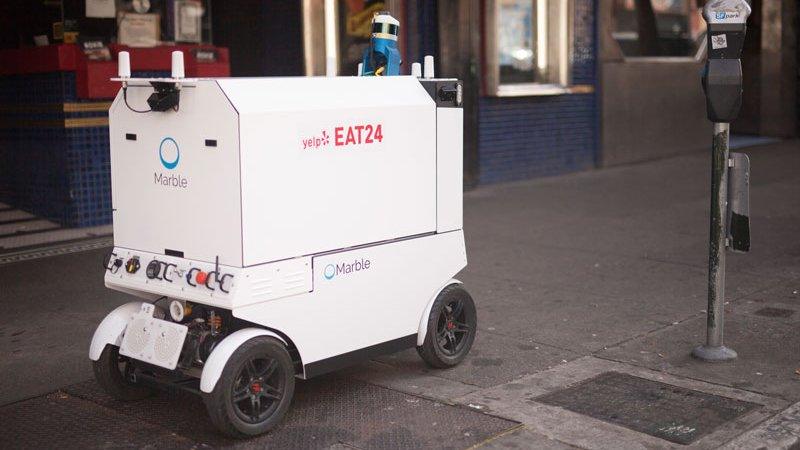
- Published4 January 2018
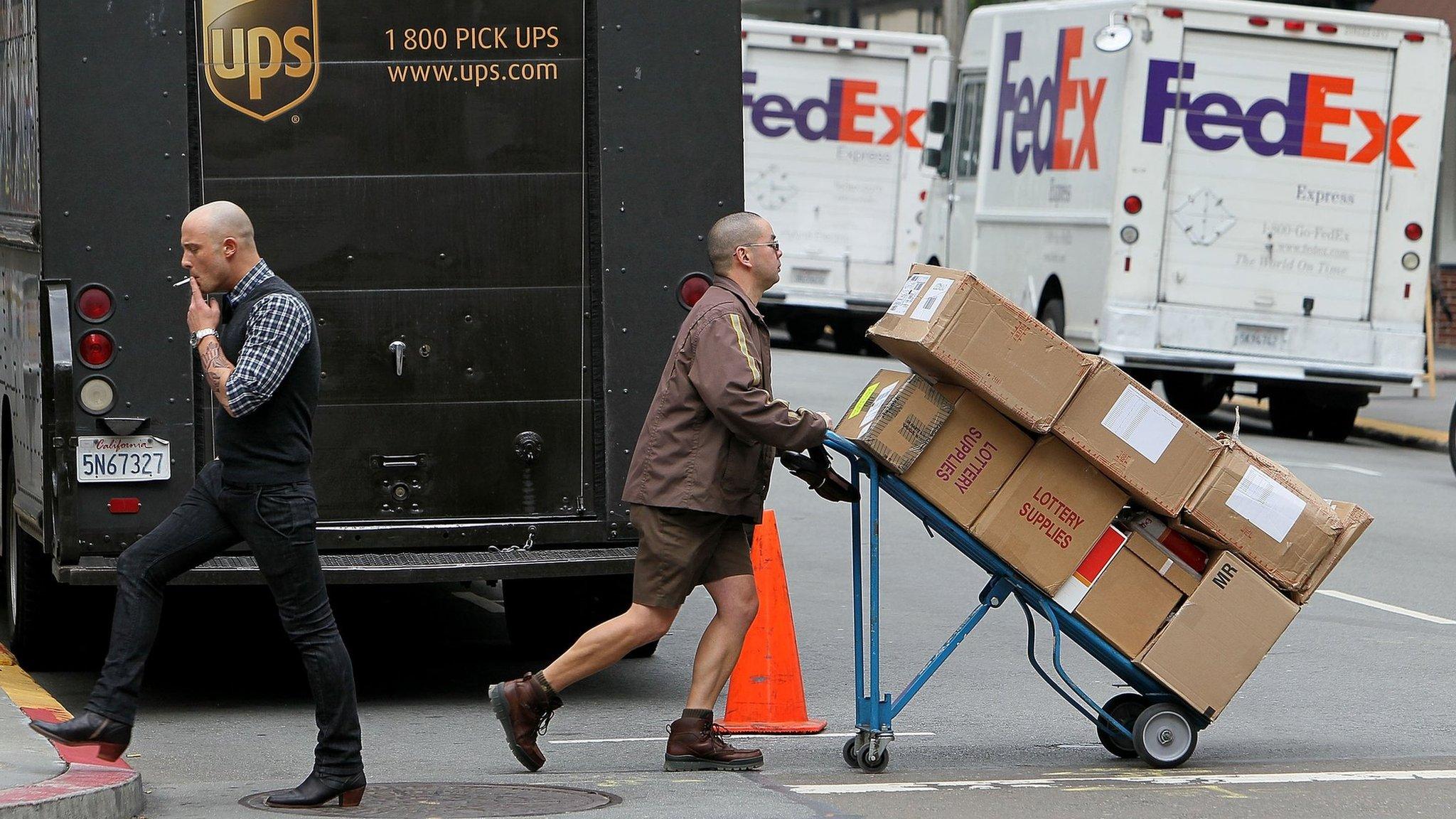
- Published29 June 2017
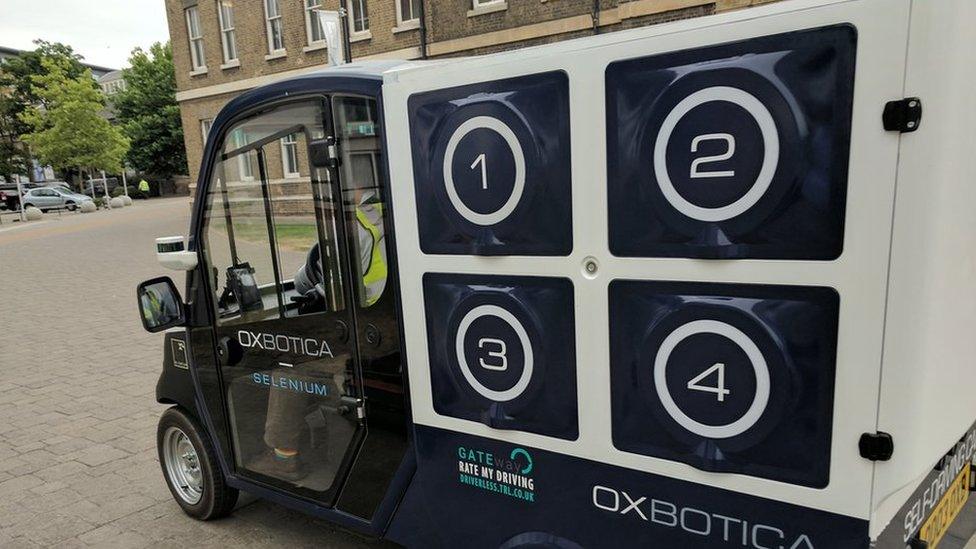
- Published29 August 2017
